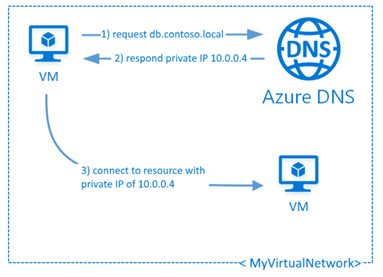Application Security Groups now generally available in all Azure regions
We are pleased to announce the general availability of Application Security Groups (ASG) in all Azure regions. This feature provides security micro-segmentation for your virtual networks in Azure. Network security micro segmentation ASGs enable you to define fine-grained network security policies based on workloads, centralized on applications, instead of explicit IP addresses. Provides the capability to group VMs with monikers and secure applications by filtering traffic from trusted segments of your network. Implementing granular security traffic controls improves isolation of workloads and protects them individually. If a breach occurs, this technique limits the potential impact of lateral exploration of your networks from hackers. Security definition simplified With ASGs, filtering traffic based on applications patterns is simplified, using the following steps: Define your application groups, provide a moniker descriptive name that…
